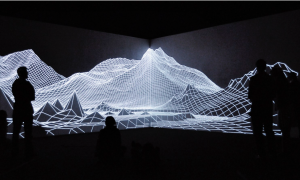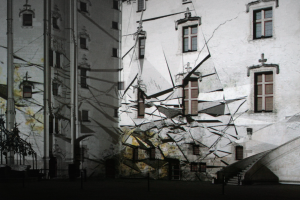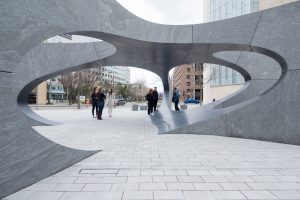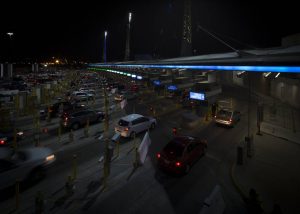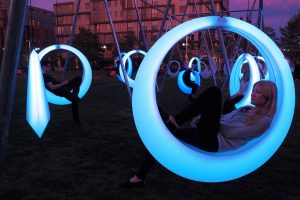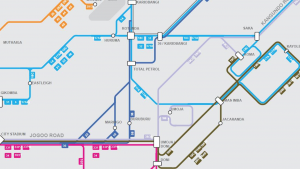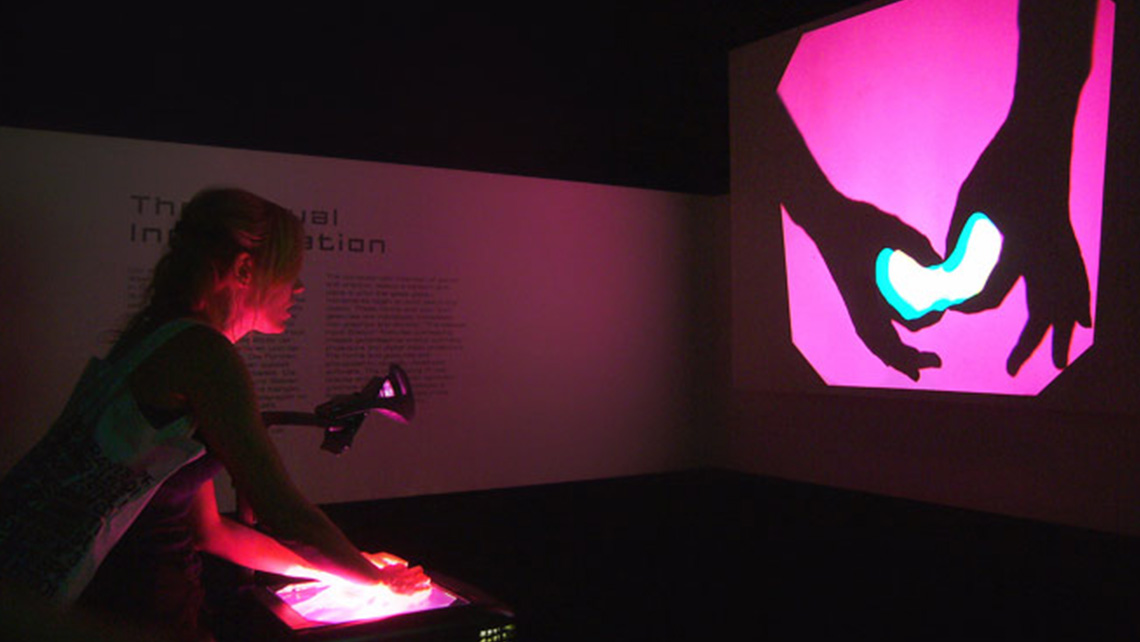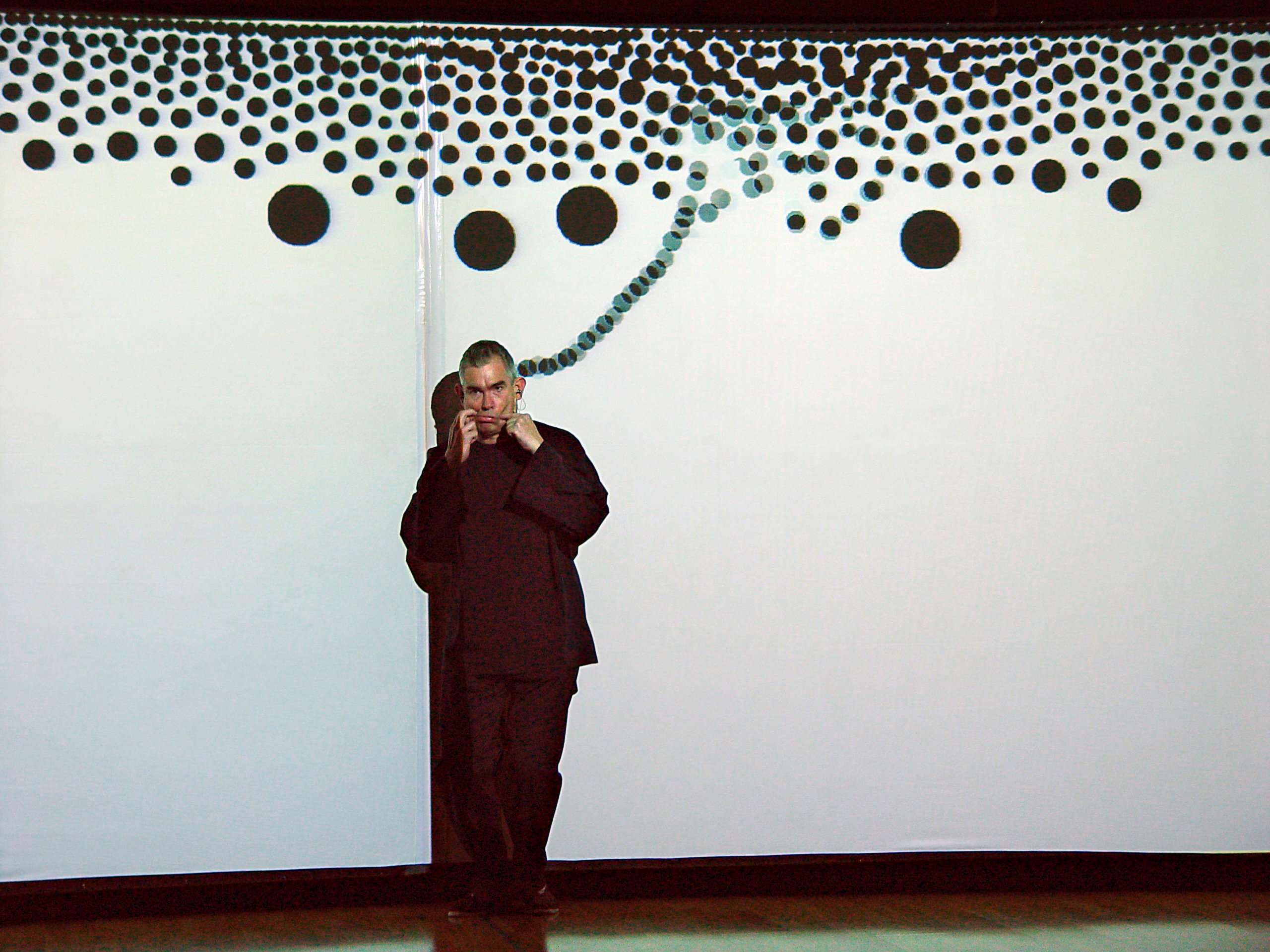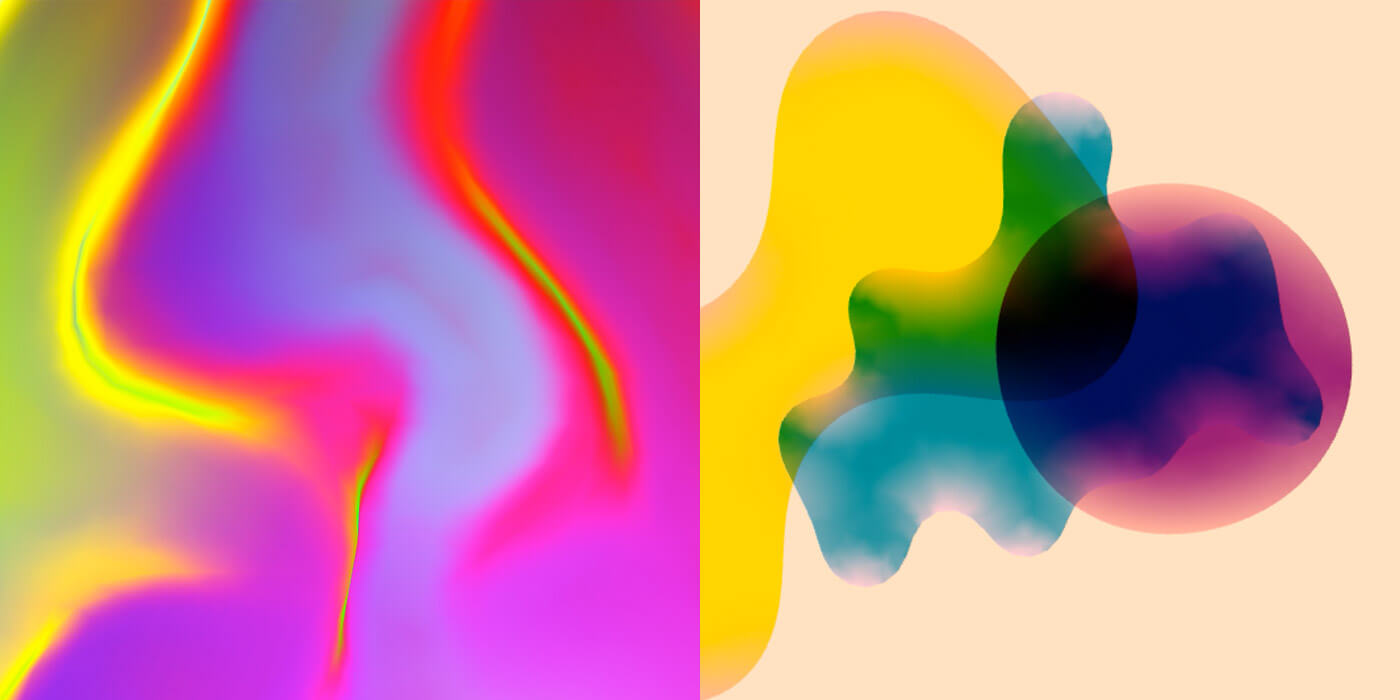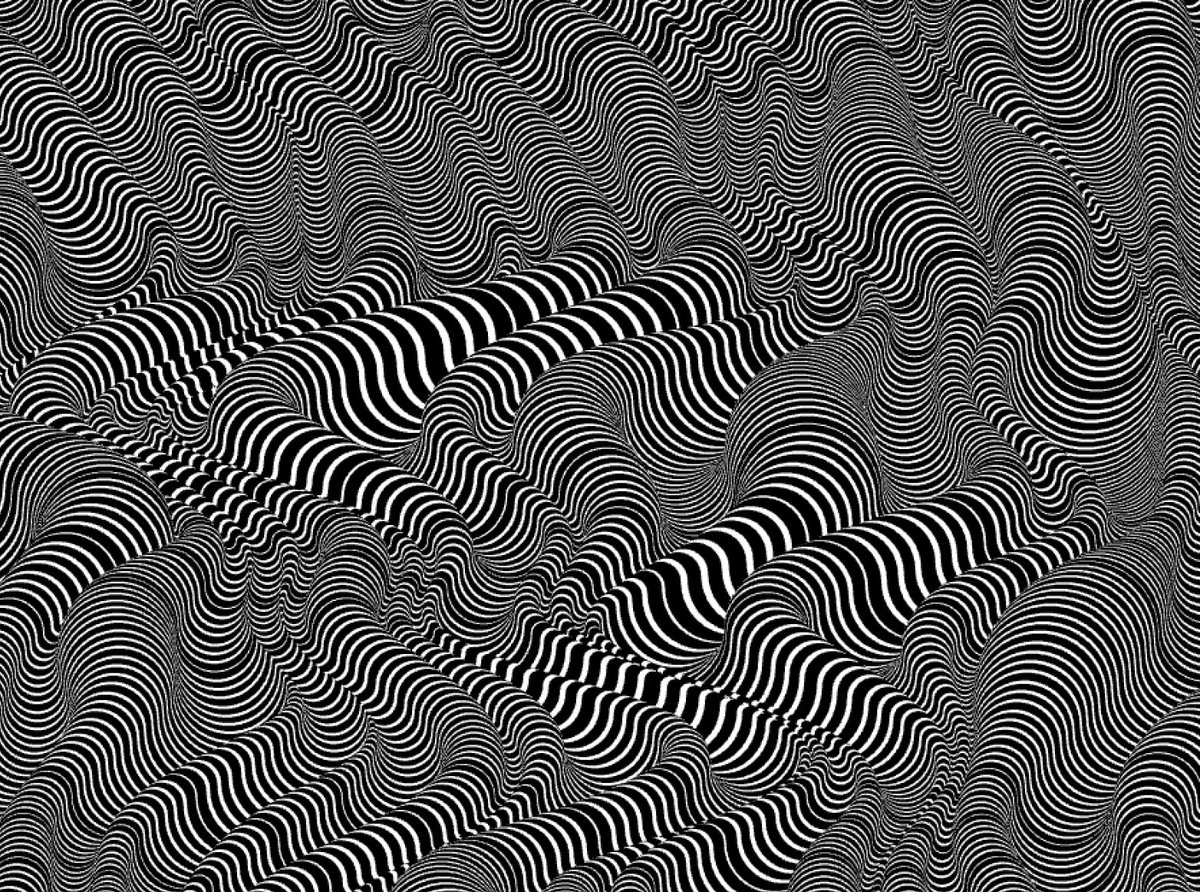Meejin Yoon is a Korean-American architect designer that went to Cornell University for a Barch and Harvard Graduate School for Design before before going off to teach at MIT and soon becoming the first female head of the department of architecture there. She created MY STudio to pursue creative works to intersect architecture with art and technology. She is based in several areas such as Boston, Massachusetts and Munich, Germany.
She thinks of herself as someone who wasn’t very inept at technology when she first started teaching at MIT and decided to take a course at MIT, even though she was teaching there, called “How to Make Anything”, which was basically a crash course on micro-controllers and fabrication. Here she created a project that was a defensible dress. This really showed how much she cared about personal space and public space, which are what all of her projects are based on. She has a strong fascination of the invisible line between public and private space.
She works on creating interactive play in public spaces, stating that they “gotta be fun” for the public or they won’t be successful. She also thinks that when creating a truly engaging public space you need to create something unfamiliar, “defamiliarize context so rules of engagement are less clear”. There were three projects that I really enjoyed hearing about: her design entry for the athens olympics, sculpture in roxbury, swing time.
The project for the competition at athens olympics was to really understand how people respond to and move through a public space and created in a public space you don’t know what is going to happen since you cannot predict people’s behaviors, which causes people to want to fool around with something to figure out how it works, which might cause it to break or cause them to just play around with them.
The sculpture reflected the citizen’s engagement with the city through an app that already existed that allowed citizens to engage with the city and tell the city what they might find like potholes, etc. Eventually the city would fix these problems within a specific time. Each part of the sculpture changed depending on the types of reports made and how the city was changing through the lights becoming brighter or dimmer depending on how many people reported a specific type of problem.
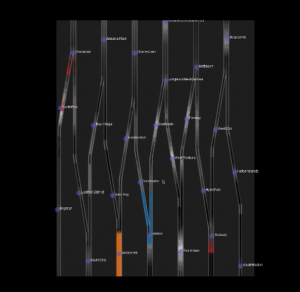
Photo of Sculpture in Roxbury
One more project that fascinated me was one where she studied how people interacted with public space to study if they even would interact with it. People seemed to really enjoy it. She wanted to create a project that people could engage with playfully, which was Swing Time. She made it into something more familiar and designed it after a tireswing, which helped adults feel like children again when they interacted with this project and even scaled the tireswing up so that the public really got a sense of being young again.
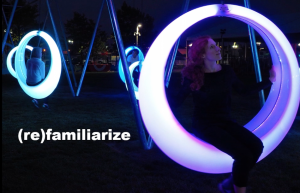
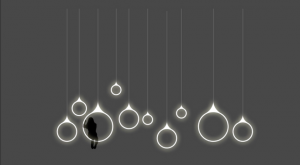
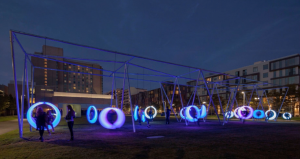
Three pictures above are of the Swing Time. The second one is of a diagram of the installation to incorporate the main idea of the project.
What I really admire about her projects is that she really cared about how the public reacted from her projects and she also learned from previous projects to better create her next project. She was really thinking about how the public could engage with a space and how to make it really enjoyable for them, which I really love. I also really love how she has integrated different fields of her interests into one specific field because I have the exact same interests: architecture, design, technology, and I wasn’t sure if it was possible to even combine the three. However, after listening to her talk at EyeO it seems that anything is really possible if you put your mind to it.
She gave a lot of examples and background information during her lectures, which was really interesting because it was easy to follow her train of thought and why she did what she did in each of her projects. You could also see a clear connection between her previous project and the next project to see how she has improved gradually each time she creates a new project. She also added some jokes here and there to keep her audience’s focus. I like that about her presentation and I want to learn to incorporate those into my presentations because I understand that lectures could be boring and that you need to engage with the audience in some way to make them want to keep listening and actually hear what you’re saying rather than just zoning out.
Eyeo 2015 – Meejin Yoon from Eyeo Festival // INSTINT on Vimeo.
Links to all of her projects: http://www.howeleryoon.com/
Her Company “MY Studio”‘s site: http://www.mystudio.us/
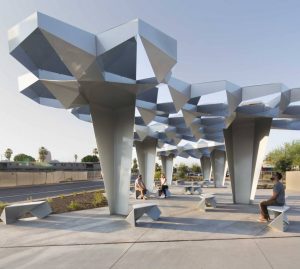
![[OLD FALL 2017] 15-104 • Introduction to Computing for Creative Practice](../../../../wp-content/uploads/2020/08/stop-banner.png)
